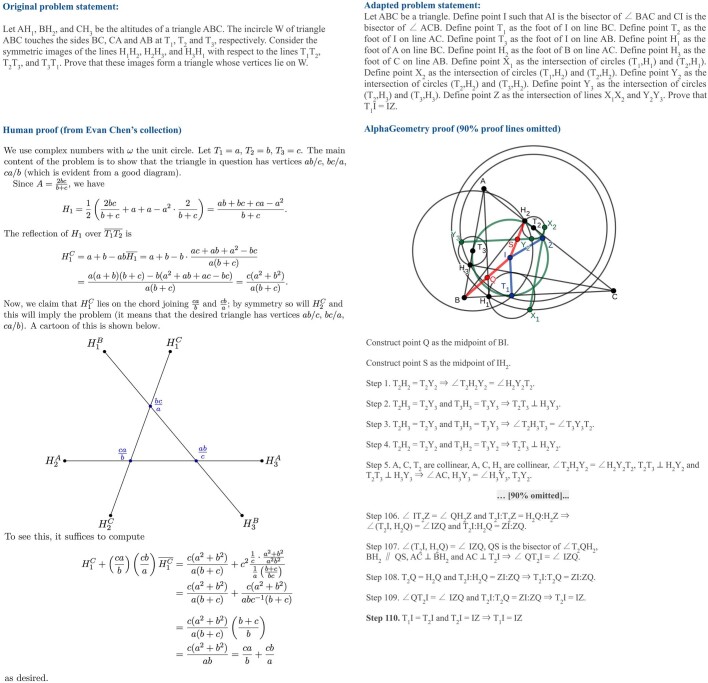Extended Data Fig. 3. Side-by-side comparison of human proof and AlphaGeometry proof for the IMO 2000 P6.
This is a harder problem (average human score = 1.05/7), with a large number of objects in the problem statements, resulting in a very crowded diagram. Left, the human solution uses complex numbers. With a well-chosen coordinate system, the problem is greatly simplified and a solution follows naturally through algebraic manipulation. Right, AlphaGeometry solution involves two auxiliary constructions and more than 100 deduction steps, with many low-level steps that are extremely tedious to a human reader. This is a case in which the search-based solution is much less readable and much less intuitive than coordinate bashing. A more structural organization, that is, a high-level proof outline, can improve readability of the AlphaGeometry solution substantially. Again, this suggests building into AlphaGeometry many higher-level deduction rules to encapsulate large groups of low-level deductions into fewer proof steps.

